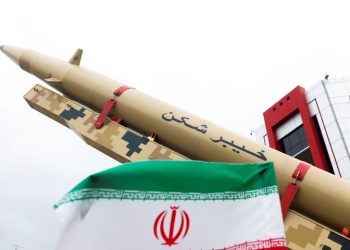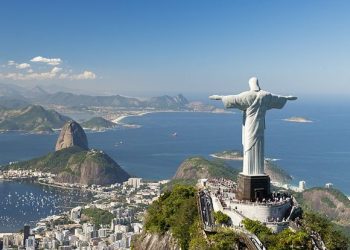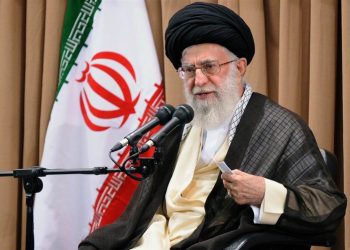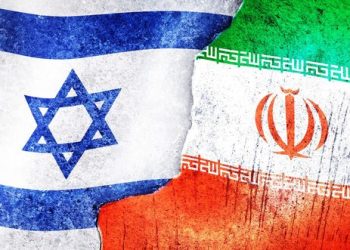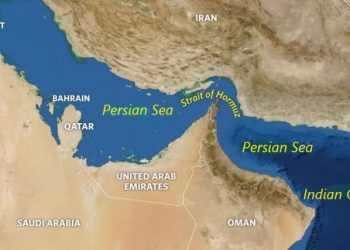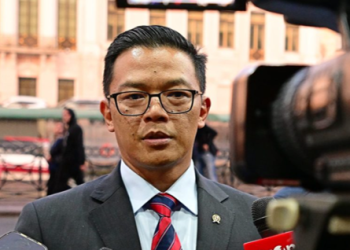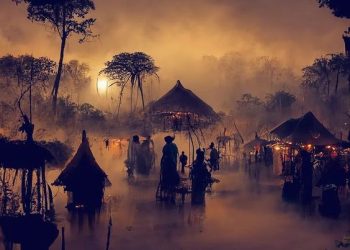Jakarta, Indonesia Sentinel — Over the past several years, Japan has seen millions of houses left abandoned as the country’s population continues to shrink, with a large portion now comprised of elderly citizens. As homeowners age and pass away or move into nursing house, many properties are left abandoned. This growing trend is known as Akiya, a Japanese term that translates to “empty house.” According to The Japan Times, an estimated 10 million Akiya houses now exist across Japan.
Many of these houses have been abandoned for so long that they can no longer be sold or rented at a reasonable price. It have become a significant social and economic issues in Japan. However, Japanese entrepreneurs have found a solution by selling Akiya houses at highly competitive prices. Some of these properties are being listed for as little as USD $10,000, while others are advertised for the astonishing price of just $1. These offers have become especially appealing to lower and middle-income buyers.
In response, a surge of interest has emerged around Akiya house. Websites dedicated to listing Akiya properties have cropped up, making it easier for prospective buyers to find information about prices, locations, and contact details. Yet, while the prices seem promising, many buyers are unaware of the hidden costs that accompany these abandoned houses.
Hidden Costs of Owning an Akiya
Even though the house was sold at a low price, there is an additional cost of which many people are not aware. Purchasing and renovating an Akiya can be a complex and costly process.
Many of these abandoned houses have been left unoccupied for long periods, often requiring extensive repairs and renovations to make them livable. The process can be both time-consuming and expensive, particularly for those unfamiliar with Japan’s local building codes and regulations.
Japan enforces strict building standards that must be adhered to during renovations, adding more to the overall cost. While also, due to their age and prolonged vacancy, many Akiya house suffer from issues like water damage, pest infestations, and structural deterioration that must be addressed.
According to the Akiya listing site Allakiyas.com, buyers should expect to spend between ¥3 million and ¥10 million yen (approximately USD $20,000 to $70,000) on renovations. In some cases, the cost of repairs can rival or even exceed the price of constructing a new home.
Likupang, Indonesia’s Hidden Paradise in North Sulawesi
Because of these unforeseen expenses, many Akiya buyers end up abandoning the house they purchase, or decide not to move forward with the transaction once they understand the full financial burden. Moreover, many Akiya properties are located in rural areas, which may not appeal to those seeking the convenience of urban living.
Despite the challenges, Akiya house continues to attract buyers, particularly those with the financial means to invest in a peaceful home away from the hustle and bustle of city life. Many Akiya buyers come from abroad, drawn by the prospect of owning a property in Japan’s tranquil countryside.
For those with the resources to manage the high renovation costs, these houses can offer a unique opportunity to own a slice of rural Japan. As the trend continues, it remains to be seen how Japan will address its growing inventory of Akiya properties, as the nation grapples with an aging population and declining birthrate.
(Raidi/Agung)









